1955
After some time spent collecting and selling ferrous scrap, Andrea Pittini decides to open a drawing mill in Gemona.
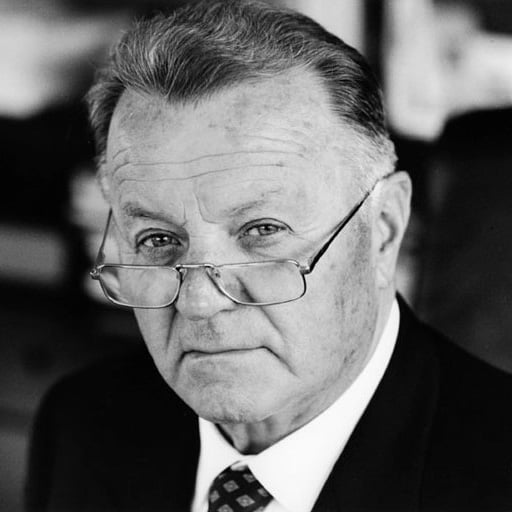
1961
After moving to the recently established industrial area in Osoppo, “Metallurgiche Pittini” is the first company in Italy to produce lattice girders. The new product will break the ground in the building sector, kickstarting the Country during the years of economic boom, industrialization and production of prefabricated buildings. Electrowelded mesh production will start some years later.
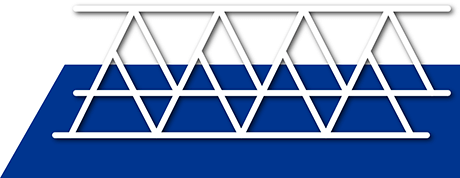
1971
The plant was planned in order to be one of the most modern and efficient rolling mills of the time. In October 1971 wire rod production gets started in Osoppo: weekly production exceeds 2,000 tons. The company starts to monitor its production cycle so that to guarantee the full reliability of its products.
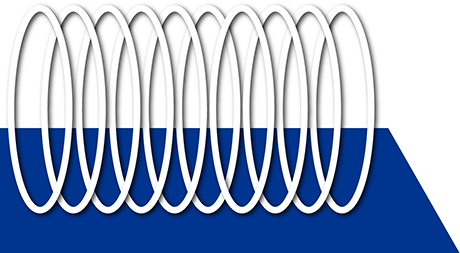
1975
During mid 70s, the production process has become fully structured and controlled. Thanks to the employees’ know-how, in April 1975 the first in-house manufactured steel is cast, in a steel mill that was and still is among the most innovative and performing in Europe.
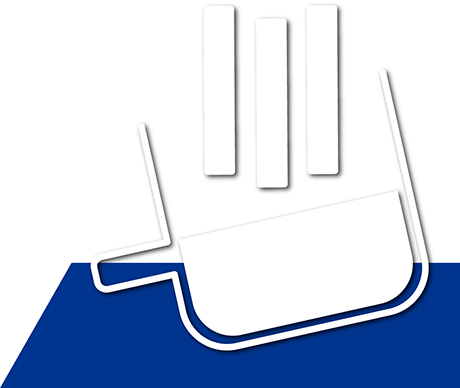
1976
On the 6th of May 1976, a severe earthquake destroys the plants and causes many fatalities. The workers’ resilience allows to set the company back up and running in a very short time. A new state-of-the-art wire rod rolling mill is built. This tragic experience will forge the spirit of both the workers and the company, willing to overcome any obstacle.

1982
During the 70s, according to the Group’s idea about the integration of production facilities, SIAT joins the Group, followed by Pittarc in 1982, a new company producing welding wire. The aim is to widen the range of reliable products and finding an expansion also throughout the mechanical sector, thus acquiring useful skills concerning the entire production cycle.
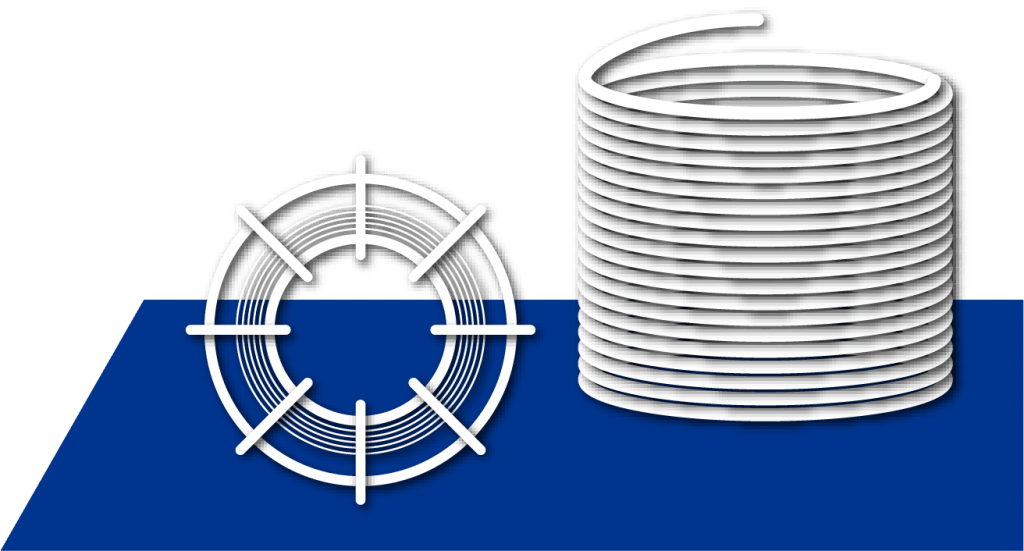
1990
The acquisition of La Veneta Reti and the installation and setup of the new rebar rolling mill allow Pittini Group to widen its portfolio of products addressed to the building sector. Pittini becomes a reliable partner in the construction industry and its steel will be used in important infrastructures both in Italy and abroad.
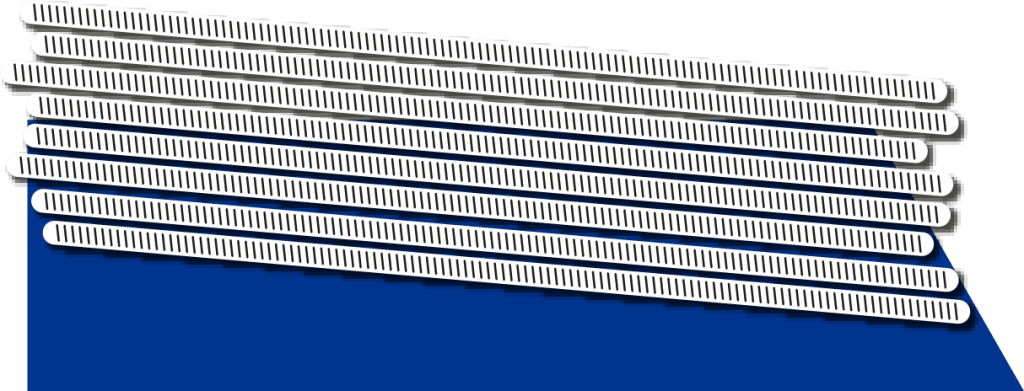
1997
Following its commitment to anti seismic research, Pittini Group creates in 1997 the first high ductility steel for rebars (HD®), a revolutionary product anticipating the future regulations in the field of anti seismic steel.

2002
In 2002 Ferriere Nord sets up the first plant in the world producing hot rolled rebar coils – JUMBO. The new product will change the way in which rebar is used and handled, reducing stocking spaces and production time for the Group’s partners.
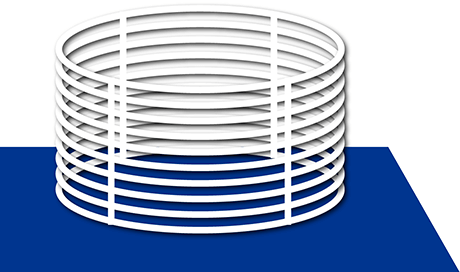
2003
Pittini Group opens Officina Pittini per la formazione, one of the first corporate schools being set up in Italy. To the Goup, the training and professional growth of each worker is of the utmost importance and is a constant inspiration to invest in innovation.
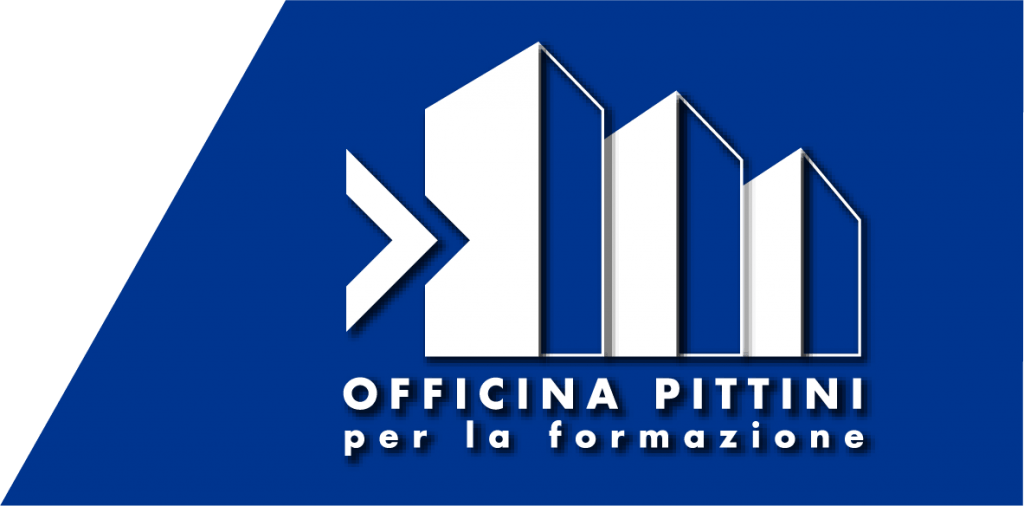
2007
The acquisition of Kovinar in Slovenia and BSTG in Austria in 2013, two plants specialized in electrowelded mesh production, allows Pittini Group to become a leader in the European market.
The strategic geographical position of the plants allows the Group to be closer to its cross-border partners.
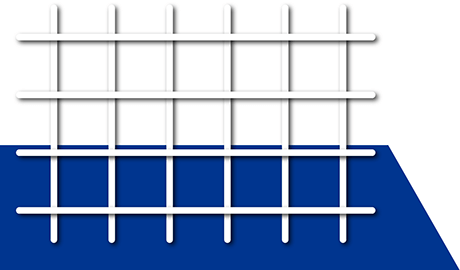
2015
The JUMBO producton facility is completely renewed in 2015 in order to produce coiled rebar weighing up to 5 tons. Once again this is the first plant in the world capable to produce hot rolled coiled rebar in such size, thus being able to meet the partners’ requirements.
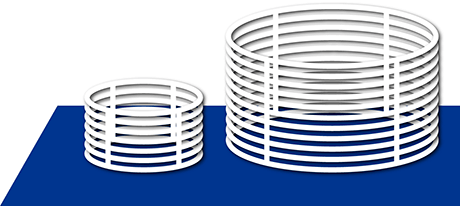
2016
The Masterplan project, carried out at recently acquired Acciaierie di Verona, entails a furnace upgrade and the building of one of the most innovative wire rod rolling mills in the world.
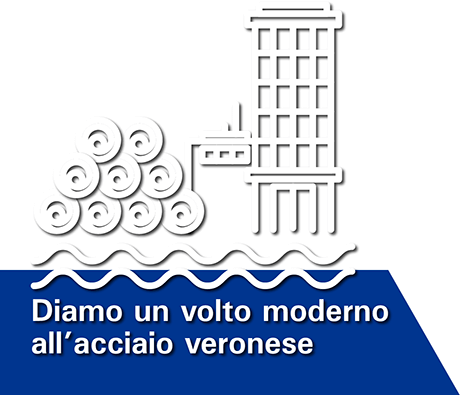
2018
The launch of the new image of Pittini Group.
After a long path full of innovation success stories, the Group feels the need to show to each of its partners the changes the Company has undergone in order to build a better future together and to continue being at the forefront in the steel sector.
